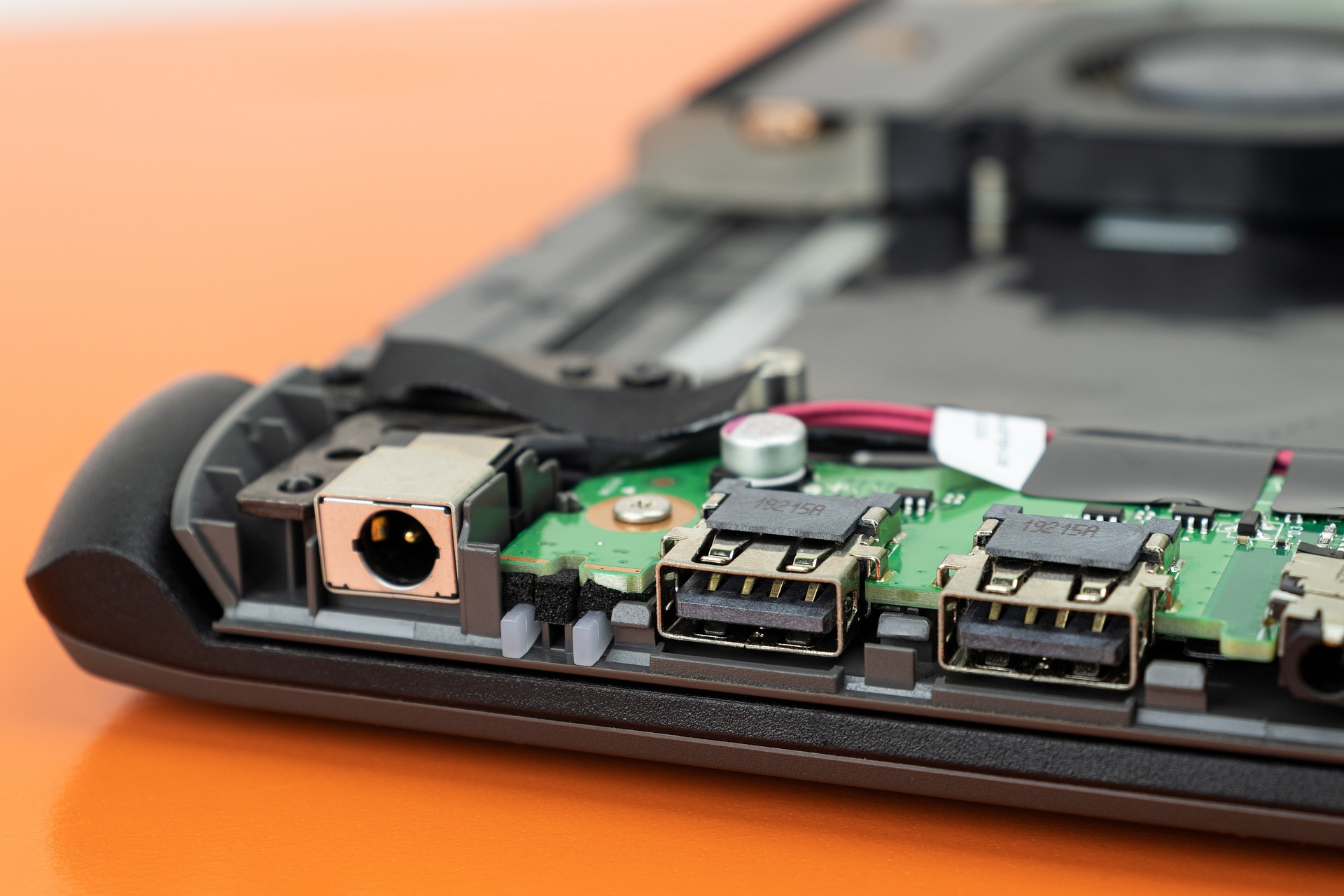Reshaping the Canvas: Digital Artistry in the 21st Century
In the ever-evolving world of art, the rise of digital media has brought forth unconventional masterpieces that challenge traditional norms. This article delves into the world of digital artistry, tracing its history, current trends, and the profound impact it has made within the global art scene.

Digital Art: A Journey Through Time
The advent of the digital age in the 1980s brought with it a new platform for artistic expression. Digital art, often defined as art made with the aid of computers and software, began as a niche form of expression, largely overshadowed by traditional art forms. However, as technology improved and became more accessible, digital artistry started to gain traction. Today, it has established itself as a major art form, with its works gracing galleries and museums worldwide.
The Here and Now: Current Trends in Digital Art
Fast forward to the present, and digital art has grown exponentially. With advancements in technology, artists are now able to create immersive, interactive, and complex pieces that transcend the confines of a traditional canvas. The rise of NFTs (Non-Fungible Tokens) has further revolutionized the landscape, allowing digital artists to monetize their creations in ways that were previously impossible. This has led to an increased appreciation of digital art, making it a significant part of the global art market.
Impact and Reception: Re-imagining the Artistic Landscape
Digital art has undeniably left a profound impact on the artistic landscape. It has democratized art, making it more accessible to a wider audience. With the internet, anyone with an idea and a digital device can become an artist. This has led to a surge in creativity, with artists experimenting with different styles, themes, and techniques. Moreover, digital art has also challenged the traditional notions of ownership and monetization in the art world. With the rise of NFTs, digital artists can now sell their work directly to collectors, bypassing traditional intermediaries like galleries and art dealers.
Looking Ahead: The Future of Digital Art
The future of digital art looks promising. With continuous technological advancements, it’s exciting to think about the possibilities that lie ahead. Virtual reality and augmented reality offer new avenues for creative expression, allowing artists to create immersive, experiential works of art. Artificial intelligence also presents intriguing possibilities, with artists using algorithms and machine learning to create art that evolves and changes over time.
Digital artistry has truly reshaped the canvas of the art world, challenging traditional norms and pushing the boundaries of creative expression. As this dynamic field continues to evolve, it will be fascinating to see where it takes us, and what new masterpieces it will inspire.






